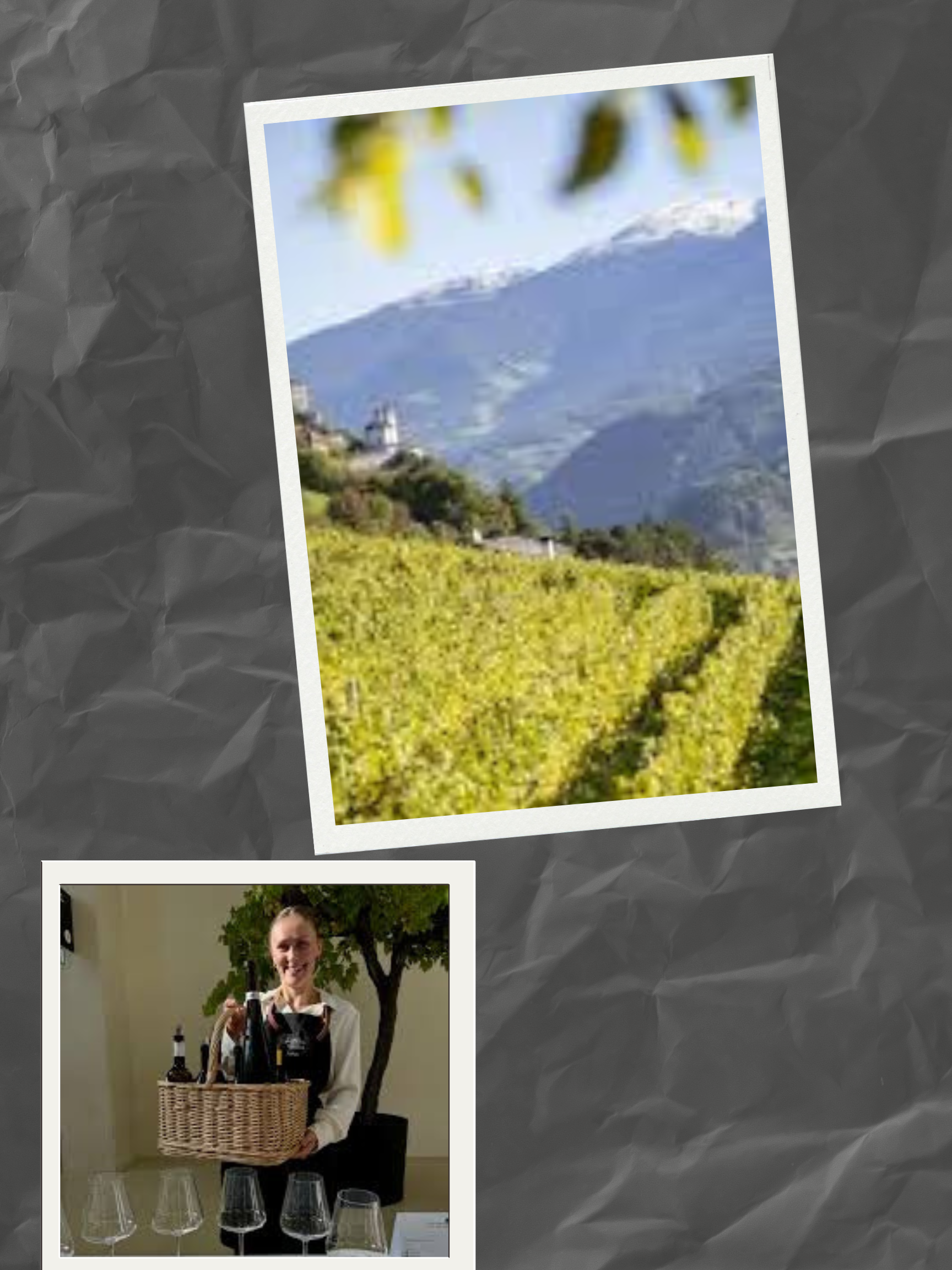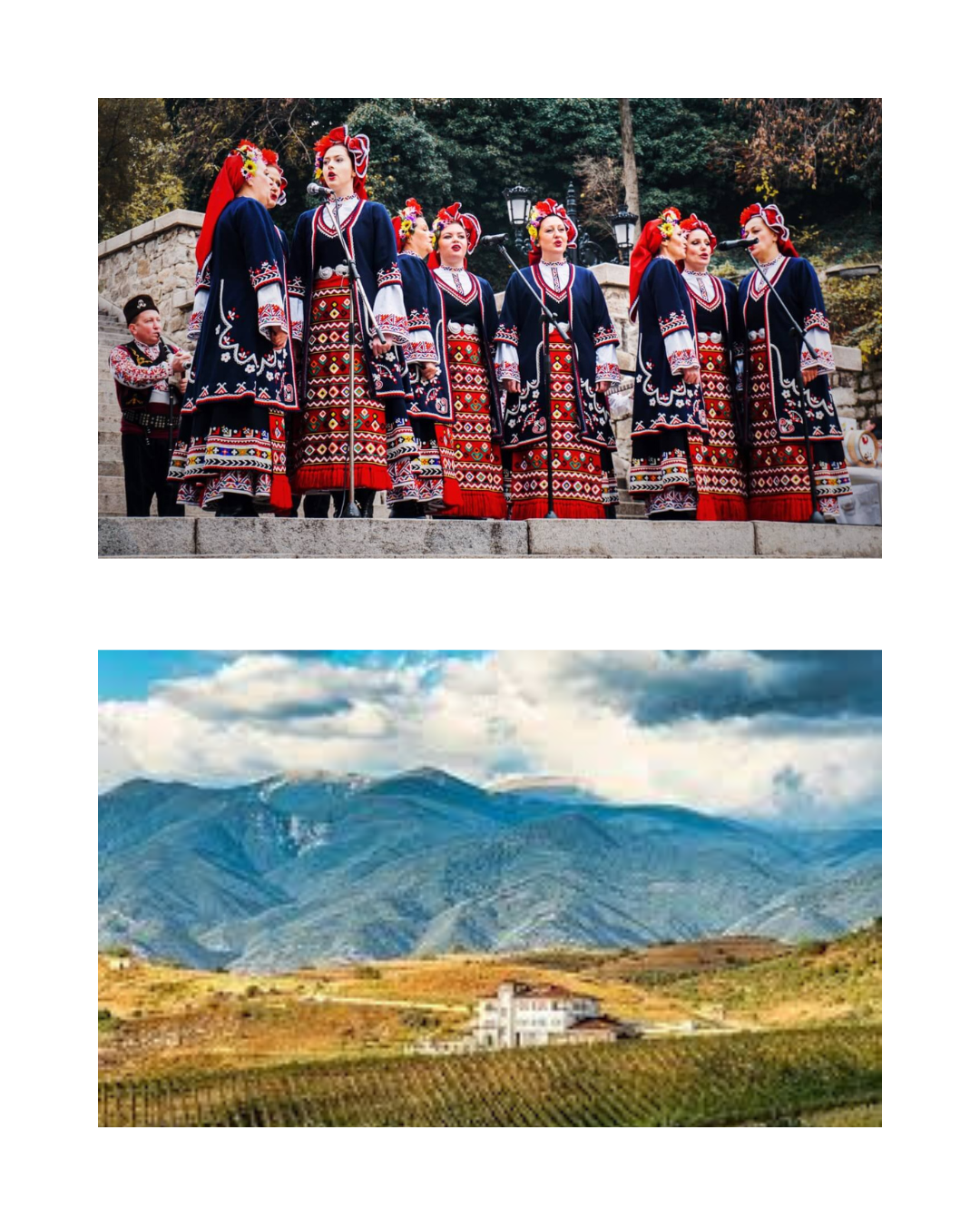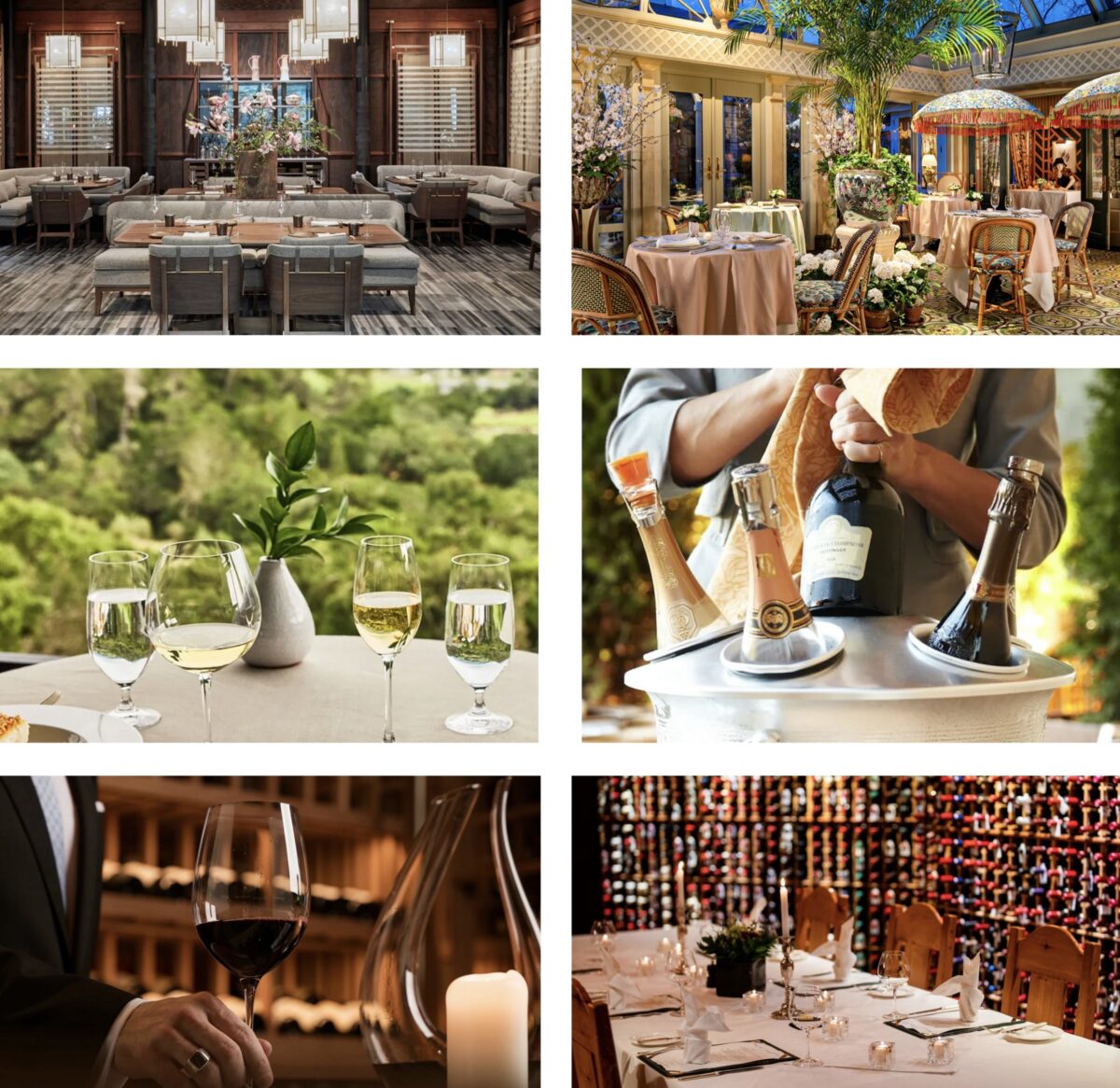The Consorzio Alto Adige Wines has successfully concluded the Alto Adige Wine Summit 2025, marking its most ambitious and internationally resonant edition to date. Held biennially, the summit serves as the preeminent platform for positioning Alto Adige as a dynamic contributor to the global wine dialogue, uniting international trade media, sommeliers, wine merchants, and hospitality professionals.
For the first time in its history, the summit extended its program by two additional days, reflecting its growing scope and influence. From September 4 to 8, a total of 82 delegates from thirteen countries immersed themselves in the cultural and viticultural fabric of Alto Adige. Participants engaged in exclusive behind-the-scenes experiences, in-depth tastings, and direct exchanges with local winegrowers and producers, thereby gaining a comprehensive understanding of the region’s unique terroirs and winemaking traditions.
The summit’s opening sessions introduced international wine journalists and opinion leaders to the region’s viticultural identity, while the expanded program specifically targeted sommeliers, wine merchants, and hospitality professionals. This deliberate broadening of audiences reflects Alto Adige’s strategic aim of deepening its global market presence and strengthening cross-sector partnerships.
A major highlight was the large-scale tasting hosted at NOI Techpark in Bolzano, which presented 365 wines from 100 producers. This unprecedented showcase provided delegates with a singular opportunity to appreciate the breadth, quality, and stylistic diversity of Alto Adige’s contemporary wine production.
The strong representation of U.S. media reinforced Alto Adige’s rising prominence in the American market, its most dynamic export destination.
With its expanded scope, the Alto Adige Wine Summit 2025 has further cemented its role as a global reference point for promoting wine culture, trade dialogue, and cross-cultural exchange, strengthening Alto Adige’s position within the evolving landscape of international wine.





